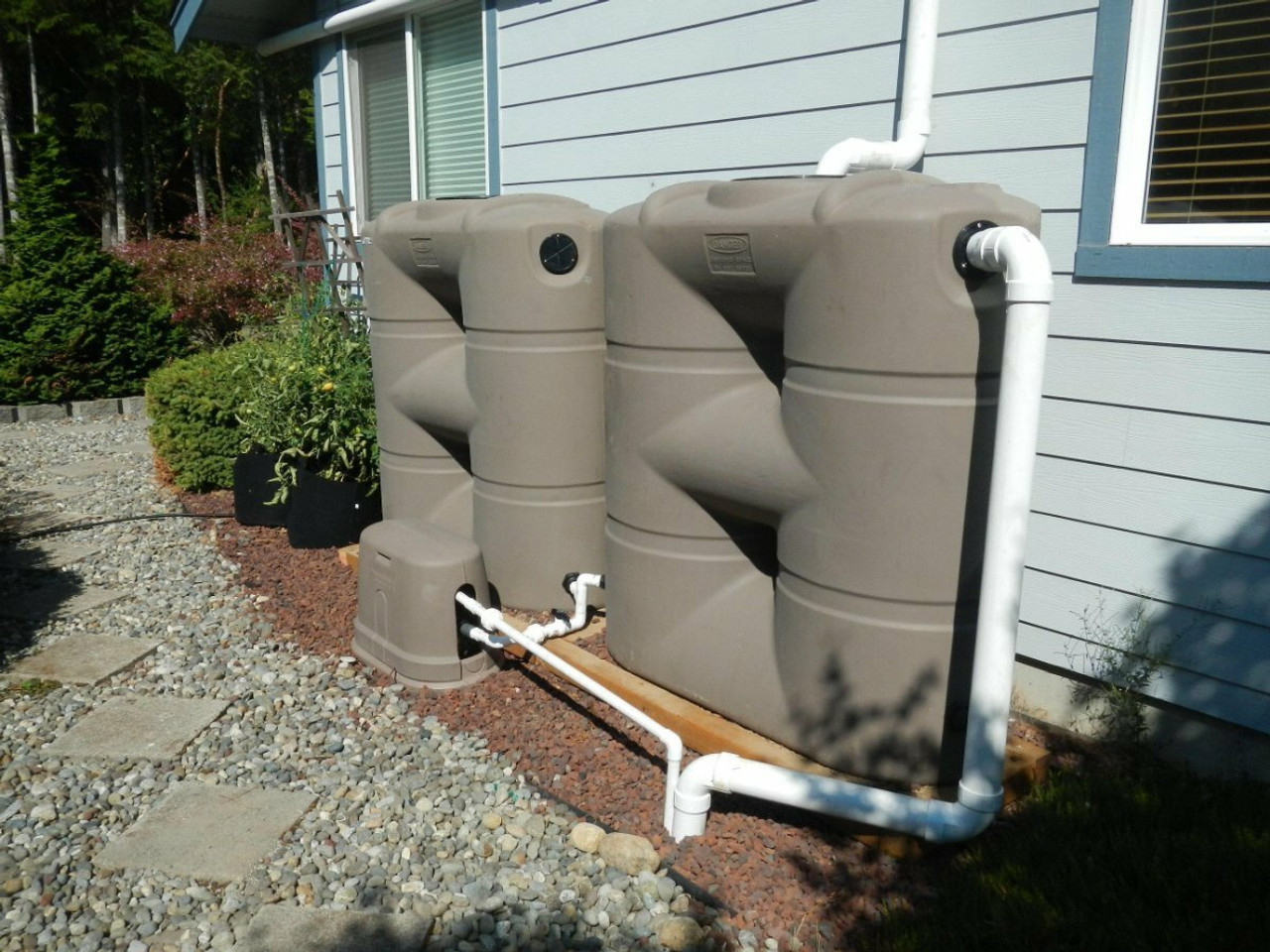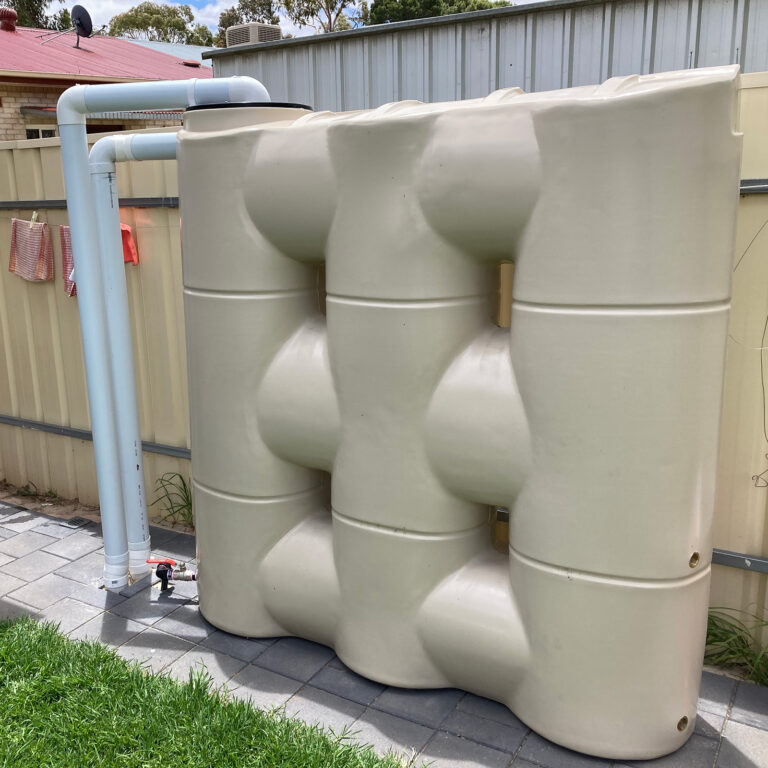Top Quality Slimline Water Tanks: Efficient and Space-Efficient Solutions
Top Quality Slimline Water Tanks: Efficient and Space-Efficient Solutions
Blog Article
Introducing the Benefits of Rainwater Containers in Decreasing Water Costs and Environmental Effect
In a globe where sustainability and cost-efficiency are progressively essential, the application of rain containers provides a useful and environmentally aware option. The advantages of including rain storage tanks into residential or commercial properties prolong past mere water bill reductions. By exploring the multifaceted benefits of such systems, one can reveal a wide range of insights into how they add to an extra sustainable future while favorably impacting both financial resources and the environment.
Cost Financial Savings Through Rain Storage Tanks
When thinking about the implementation of rain containers, significant cost savings can be attained with reliable water administration techniques. Rainwater harvesting supplies a sustainable solution that not just decreases water costs however additionally lessens the stress on local water resources. By capturing and keeping rain for various non-potable uses such as watering, toilet flushing, and washing, families and companies can considerably decrease their dependence on treated water from the grid, resulting in substantial price savings with time.
One of the key cost-saving advantages of rain containers is the decrease in water energy costs. By making use of harvested rain for tasks that do not require potable water, such as watering gardens or cleaning vehicles, individuals can decrease their general water consumption from the mains supply, resulting in reduced water costs. In addition, rainwater tanks can aid minimize the influence of water constraints or dry spells by giving an alternate water source for necessary jobs, making sure connection in water without incurring excessive prices. In general, buying rainwater containers can cause long-term monetary savings while promoting water conservation and sustainability.

Environmental Influence Decrease
Carrying out rainwater tanks not just leads to expense financial savings however likewise contributes dramatically to reducing the environmental impact related to water usage. By capturing rainwater that would otherwise run off right into storm drains, rain tanks help minimize stress on typical water resources like rivers and reservoirs. This decreased demand for municipally treated water leads to energy savings and a decrease in the carbon footprint associated with water therapy and distribution procedures.
Furthermore, utilizing rainwater for activities such as gardening, watering, and washing reduces the demand for making use of cured water for non-potable objectives. This preservation of safe and clean water aids in preserving water sources for essential usages and lowers the energy-intensive procedures entailed in dealing with water to satisfy drinking standards.

Water Expense Reduction Perks
The installment of rain containers uses significant economic advantages through decreases in water expenses. By gathering and storing rain for numerous house makes use of, such as sprinkling gardens, purging toilets, or doing washing, home owners can substantially reduce their reliance on the metropolitan water supply. This, in turn, leads to a recognizable decrease in water consumption from typical sources, causing reduced water bills at the end of each billing cycle.
Rainwater is a free and sustainable source that can supplement and even replace the demand for making use of treated water for non-potable purposes. Because of this, homes with rain containers can see a substantial reduction in their overall water expenses over time. In addition, during durations of water restrictions or dry spell, having a rain container can provide a beneficial alternative water resource, additional lowering the reliance on costly local water products.
Essentially, investing in a rain storage tank not only adds to environmental preservation yet additionally offers substantial economic advantages by lowering water bills and promoting long-term expense savings for house owners.
Lasting Water Management Solutions
Given the monetary benefits and reduced dependence on community water products that rainwater tanks offer, discovering sustainable water management remedies becomes a sensible site following step for homeowners aiming to maximize their water use. Lasting water management entails executing techniques that effectively and properly use water resources while lessening wastage and environmental impact. Rainwater harvesting, which entails gathering and saving rain for later use, is a crucial element of lasting water monitoring. By making use of rainwater storage tanks to record and save rain, home owners can internet decrease their dependence on standard water sources, such as local materials or groundwater, hence adding to water preservation efforts.

Along with rainwater harvesting, lasting water management remedies may consist of carrying out water-efficient home appliances, components, and landscape design methods - Slimline water tanks. Setting up low-flow toilets, showerheads, and faucets can substantially decrease water consumption within houses. Moreover, incorporating drought-resistant plants and making use of smart watering systems can assist lessen water use for exterior landscape design. By embracing these sustainable water monitoring methods, property owners can not only enhance their water usage yet additionally add to environmental preservation and reduce their water costs in the long run.
Neighborhood Water Resource Conservation

Additionally, community involvement can prolong to the implementation of water-saving modern technologies and methods on a larger scale. Urging the fostering of rainwater containers, greywater recycling systems, and efficient irrigation methods within neighborhoods can lead to significant reductions in water usage. Furthermore, cultivating a sense of collective duty for water conservation can promote sustainable behaviors and methods among area members.
Additionally, community water source conservation efforts can lead the way for more powerful bonds among locals and a common commitment to environmental stewardship. By functioning together to secure and maintain water resources, communities can contribute considerably to a much more lasting and durable future.
Final Thought
To conclude, rainwater containers provide substantial price savings, environmental advantages, and add to sustainable water management options. By lowering water expenses, preserving water sources, and decreasing environmental influence, rainwater containers play an important function in promoting water conservation and sustainability - Slimline water tanks. Their implementation not just advantages individual homes however also contributes to the wider objective of neighborhood water resource monitoring and conservation
Report this page